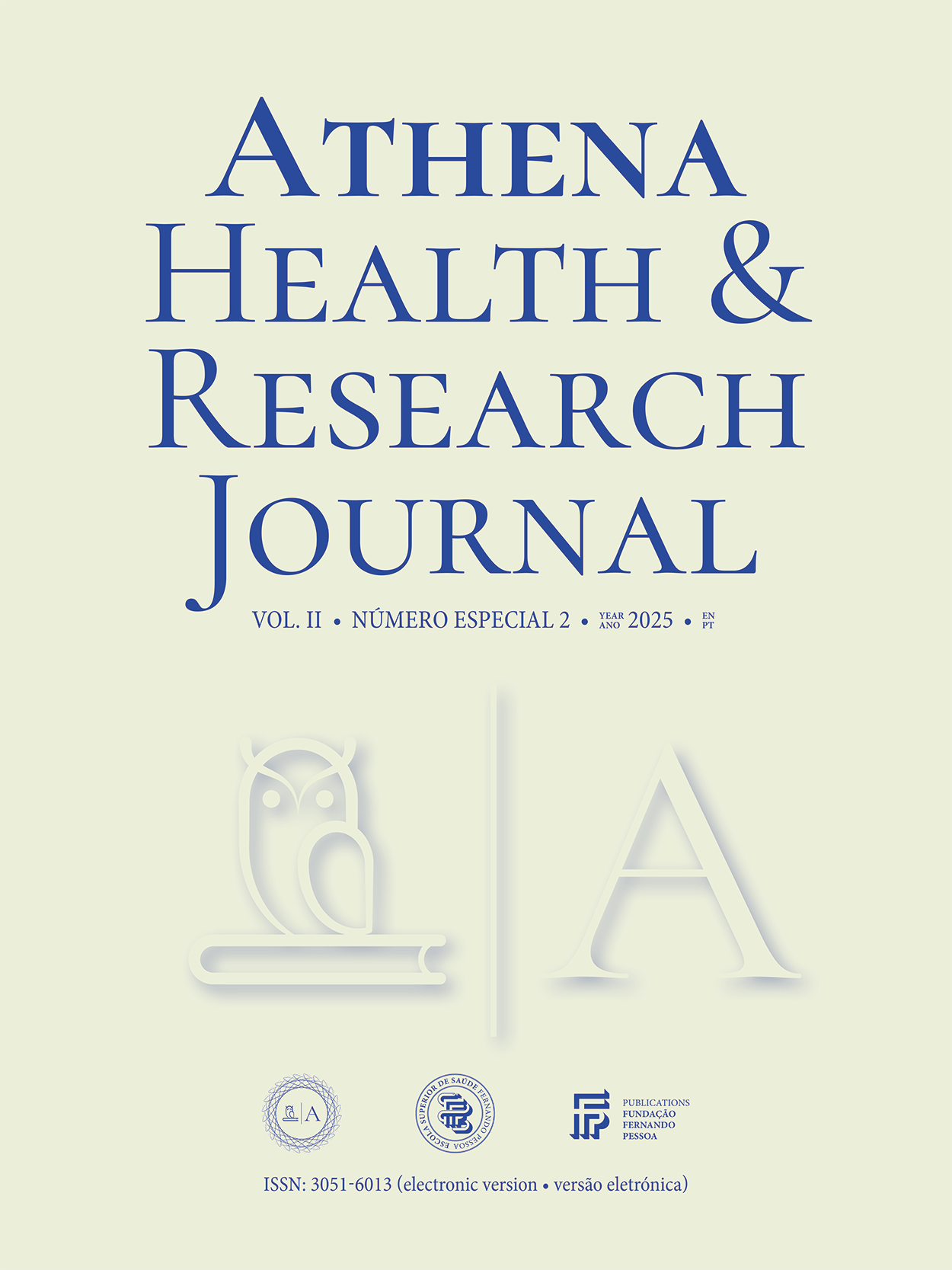Phased lip and perioral augmentation with hyaluronic acid: effects on facial esthetics in a 38-year-old female patient
DOI:
https://doi.org/10.62741/ahrj.v2iSuppl.%202.111Keywords:
orofacial harmonization, lip augmentation, hyaluronic acid, facial proportions, lipaesthetics, female lipsAbstract
Introduction: The lips, as the central element of the lower third of the face, play a fundamental role in emotional expression, social interactions, and the definition of individual identity.
Objective: To demonstrate the importance of combining perioral filling techniques to achieve a harmonious and long-lasting outcome in patients presenting signs of aging.
Methodology: The treatment followed a phased approach to ensure progressive and safe results: 1) Botox® botulinum toxin was injected into the depressor anguli oris muscles (2 units), the mentalis (4 units), and the platysma muscle at the level of the mandibular contour (3 points per side of the face, 2 units each), aiming to reduce muscle contraction. The plan included a full-face approach using 56 units of Botox®, with 20 units applied to the lower third. 2) Lip filling was performed in two sessions (January 27, 2024, and July 6, 2024), using a volumizing technique with a 25G cannula and lip contour definition with a 27G needle. In the first session, 1 ml of hyaluronic acid was applied. In the first session, lip contouring was not performed, only volumization using a retroinjection technique and perioral restructuring using a bolus technique in the infracommissural region, distributed in deep and superficial subcutaneous layers, to restore structural support. In the second session, the combined retroinjection technique was used, combined with bolus application in the lower lip, concluding with lip contouring and philtrum definition.
Results: The comparative analysis between pre- and post-treatment stages revealed a progressive and significant improvement in lip volume, accompanied by the preservation of naturalness and facial proportion balance. Cephalometric evaluation demonstrated adequate maintenance of the labiomentonian relationship, with preservation of the nasolabial and labiomental angles, which are essential for the aesthetic harmony of the facial profile. These parameters confirm that the volumetric enhancement was achieved without compromising the functional and structural positioning of the lips relative to the adjacent bony structures. The final clinical outcome was deemed satisfactory by both the patient and the clinical team, with no complications or adverse effects observed during the follow-up period.
Discussion: With aging, progressive lip atrophy occurs, resulting in decreased volume, loss of contour definition, and the formation of perioral rhytids, due to the reduction of subcutaneous fat, altered muscle tone, and bone resorption.
Conclusions: The phased protocol allowed for a discreet and progressive increase in lip volume, minimizing the risk of complications such as vascular compression. The combination of perioral filler and botulinum toxin contributed to a harmonious and natural overall result. A detailed clinical evaluation and appropriate planning are essential for achieving satisfactory and safe aesthetic results.
References
NA
Downloads
Published
Issue
Section
License
Copyright (c) 2025 Athena Health & Research Journal

This work is licensed under a Creative Commons Attribution-NonCommercial 4.0 International License.
Copyright of published papers is assigned to the Journal, but all content is licensed under the terms of Creative Commons Non-comercial 4.0 International License. Thus users are allowed to read, download, copy, distribute, print, search, or link to the full texts of the articles, or use them for any other lawful purpose, without asking prior permission from the publisher or the author. This is in accordance with the BOAI definition of open access.














